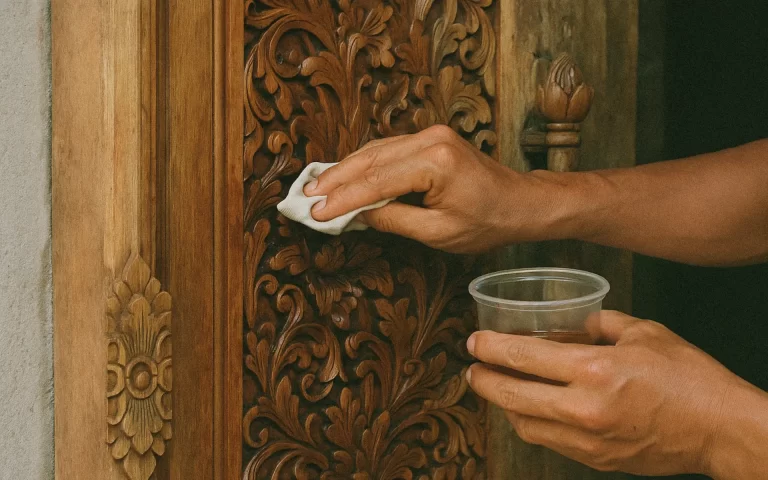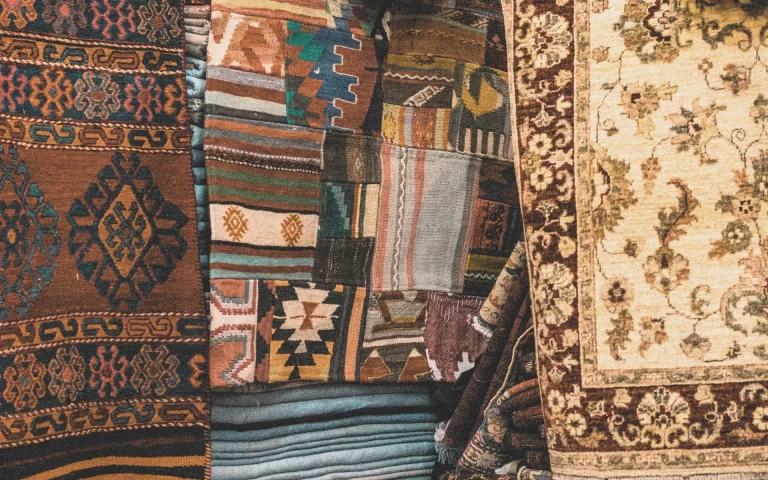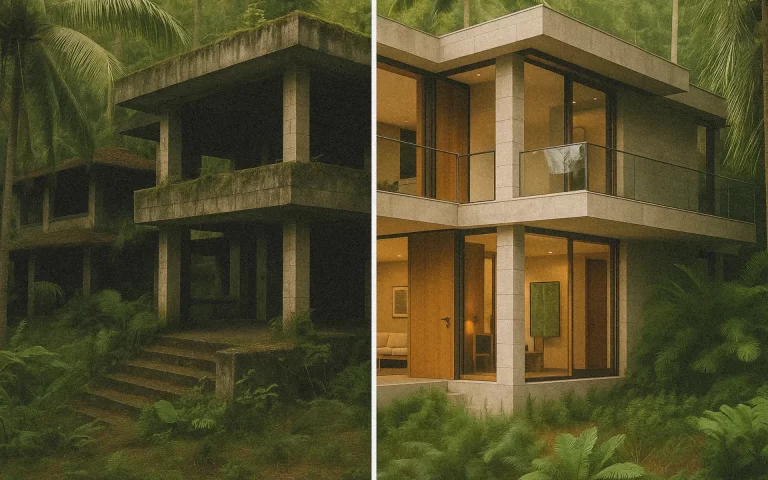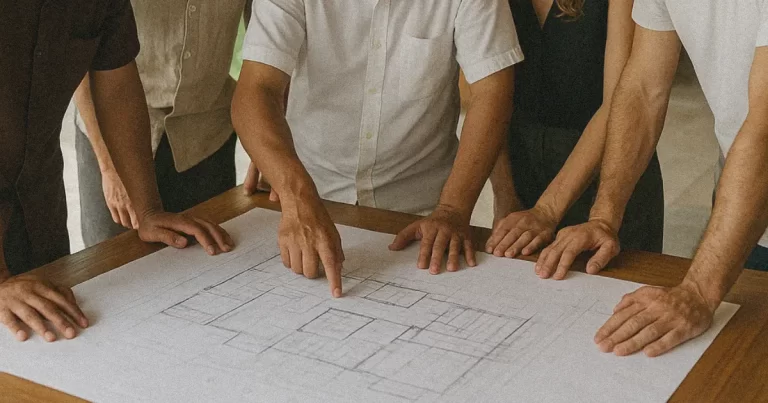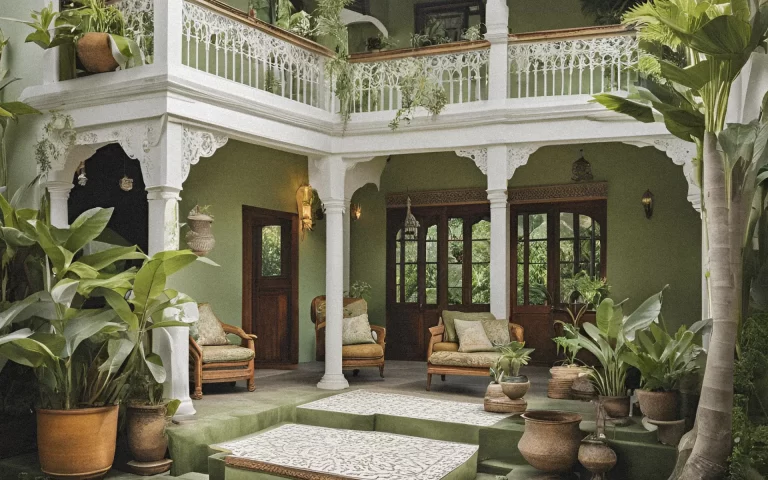Bali Furniture 101: Navigate Budget & High-End Markets, Workshops & Showrooms (2025/2026)
By Des Res Bali
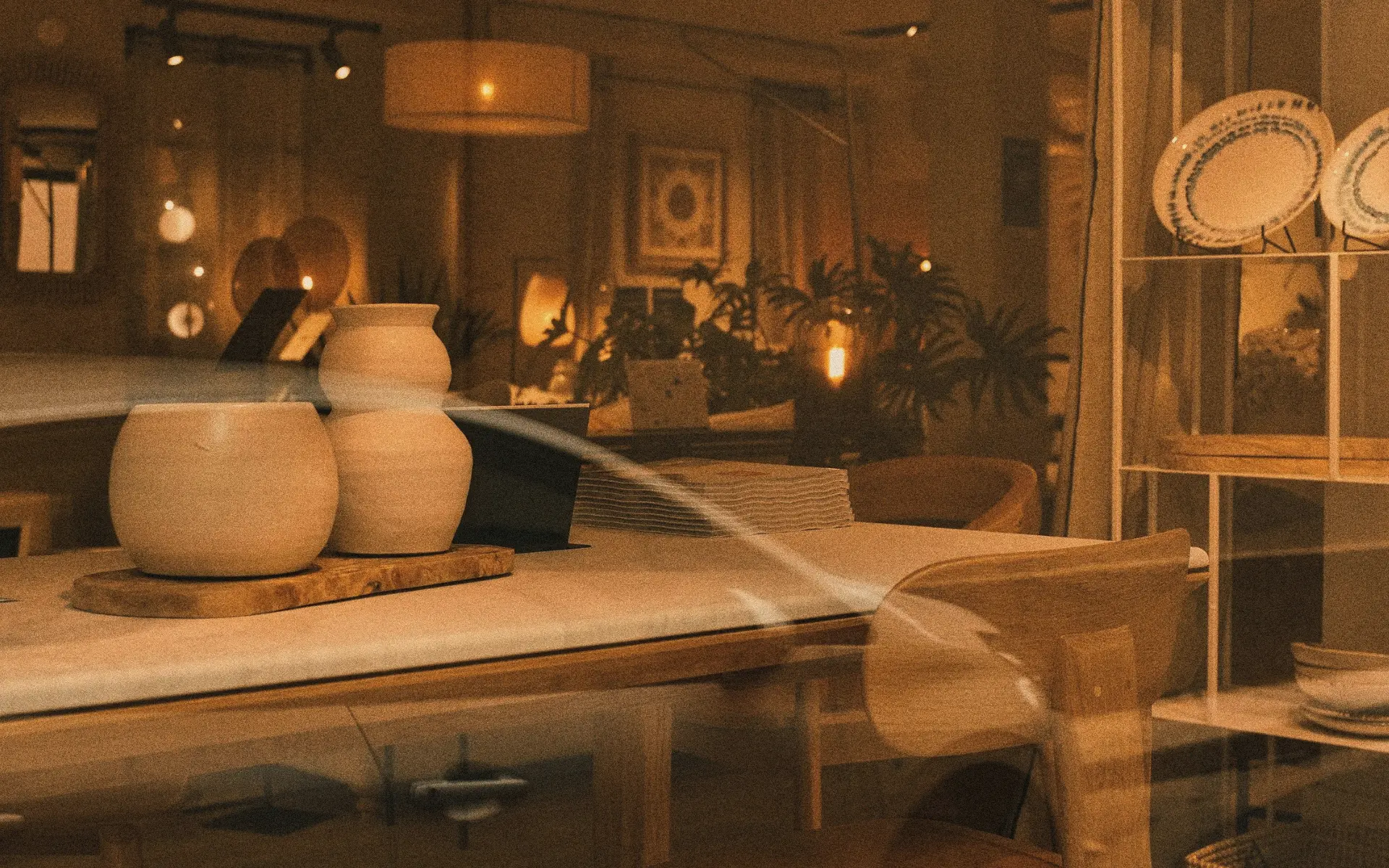
Quick note before you dive in: This is a guide, not gospel. Think of it as inspiration, not instruction — and always do your own checks on quality, delivery, and after-sales service.
Bali’s Furniture Story
Hunting for furniture in Bali isn’t just shopping — it’s part treasure hunt, part cultural immersion. On a single drive, you might pass a roadside workshop where a craftsman is hand-sanding a suar-wood slab, a glossy Kerobokan showroom that feels like a villa in Canggu, and a sleepy village lane where teak carvings have been drying in the sun for weeks.
That’s the charm — and the chaos. Bargain finds sit beside boutique showpieces, and what you bring home depends as much on patience and curiosity as it does on budget.
Kerobokan to Umalas: The Polished Side
This is where furniture shopping looks like retail therapy. Think big glass windows, styled interiors, and sleek, villa-ready pieces. Sofas upholstered in imported linen, Scandinavian dining tables, rattan pendants that could hang in a Casa Cook.
You’re paying for more than furniture here — it’s the convenience tax. Delivery is smooth, quality control is tighter, and you’re less likely to find wobbly legs or sticky drawers. For villa owners who want to “move in tomorrow,” this is the fast track.
Splurge spot to know: Kim Soo in Seminyak isn’t just a shop, it’s an interiors mood board come to life—a beautifully restored Dutch Colonial style space (you know we love a good revamp). More gallery than warehouse, complete with the most charming cafe.
Andong is furniture Disneyland. A long stretch of road with shops crammed shoulder-to-shoulder, each bursting with teak dining tables, rustic cabinets, woven baskets, and stools carved from single tree trunks.
The thrill here is comparison — you’ll see the same design for wildly different prices depending on the shop. Some pieces are made on-site, others imported from Java. Negotiating is part of the dance, and the more you ask, the more you learn.
Insider tip: bring a driver or local friend who knows the area. Some of the best finds sit behind unmarked gates or down side alleys.
Drive a little further and you step into Bali’s carving heartland. In Mas, artisans work with chisels and hand tools, turning raw teak into bedframes, Balinese doors, and intricate wall panels. Here you’re closer to the source — often literally watching a piece take shape in the workshop behind the shopfront.
Worth a visit: Aditya Furniture is a reliable stop if you want guaranteed quality. They’ve been in business for nearly 30 years, so the teak is tried and tested. Prices are a bit higher than at Andong or smaller Mas shops, but you skip the guesswork.
Tegallalang pushes more rustic. Roadside shops pile suar-wood tables and bamboo shelves high, sometimes bordering on chaotic, but that’s the fun. This is where you find character pieces — imperfect, raw, alive with grain and knots.
Gianyar & Beyond: Workshops and Wholesalers
If you’re furnishing an entire villa or café, Gianyar and Tampaksiring are worth the trip. Larger workshops here churn out ten chairs at a time instead of one. Prices are sharper, but patience is key: most orders are made-to-measure, and lead times stretch into weeks.
This is less about browsing, more about planning. If you’ve got sketches or Pinterest boards, bring them. Many workshops here can replicate a design at a fraction of boutique cost.
Denpasar & Tuban: The Supply Runs
In Denpasar, furniture shopping shifts from romantic to practical. Streets like Teuku Umar and Imam Bonjol are lined with showrooms catering to locals — modern knockoffs, plywood wardrobes, and the occasional mid-century-inspired piece. Affordable, quick, and functional.
Near the airport in Tuban, hotel supply warehouses stock stackable chairs, pool loungers, and bulk basics. Not the sexiest shopping trip, but if you need a dozen barstools by next week, this is where you go.
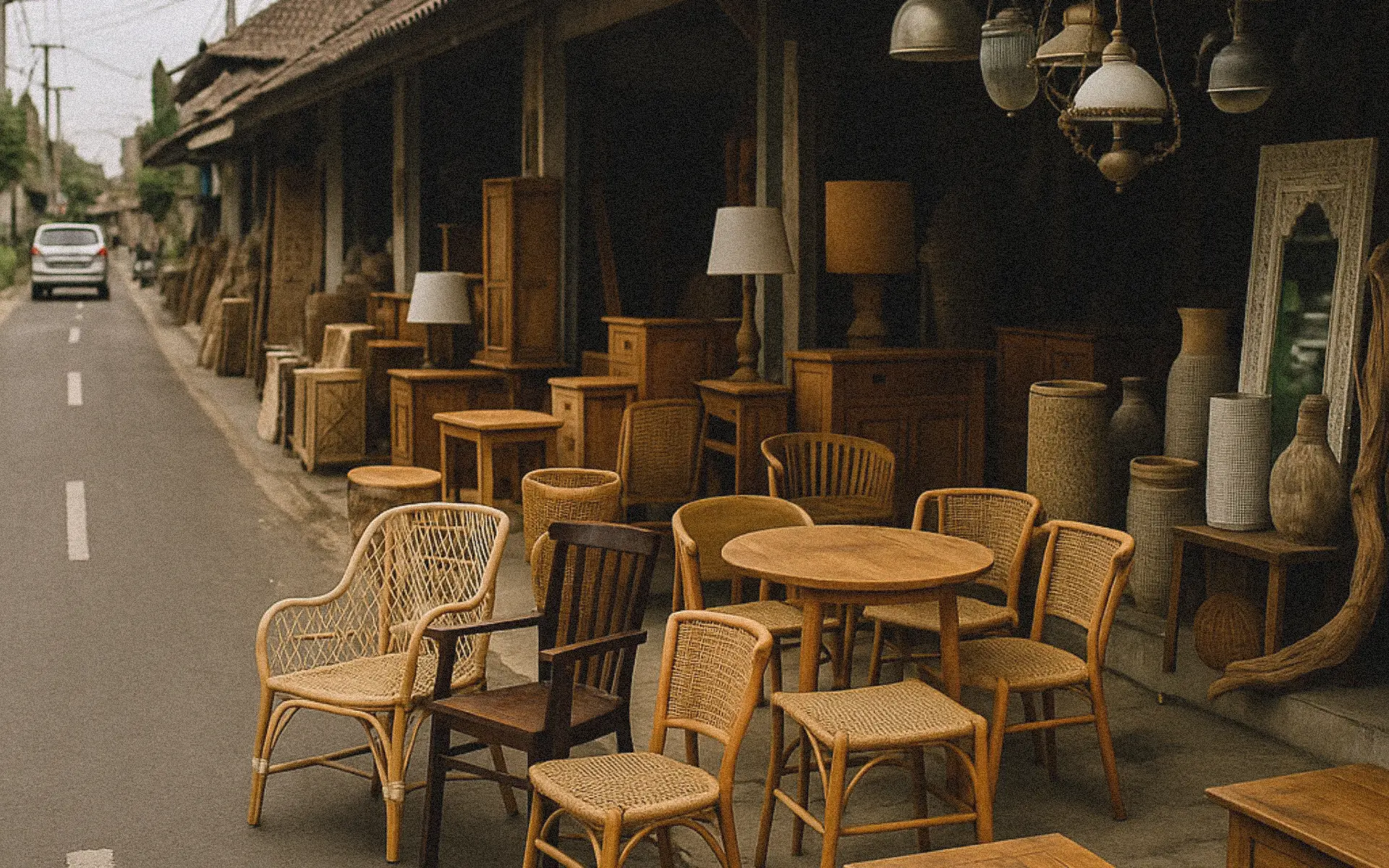
Budget vs High-End: It’s Not Just the Price
The difference between a $200 and a $2,000 teak table often comes down to:
- Wood treatment: kiln-dried vs not (the deal-breaker in Bali’s humidity).
- Finishing: clean joinery, smooth sanding, even varnish.
- Design: bespoke vs generic, timeless vs trend-driven.
High-end shops handle those details for you. Budget finds can be just as beautiful — but you’ll need to check carefully, negotiate smartly, and sometimes arrange your own delivery.
A Few Shopping Tips
- Measure twice. Bali’s staircases and doorways are notorious.
- Ask about kiln-drying and termite protection. It matters more than price tags.
- Delivery costs add up. Factor them in before you splurge.
Don’t rush. The perfect piece is usually in the next shop.
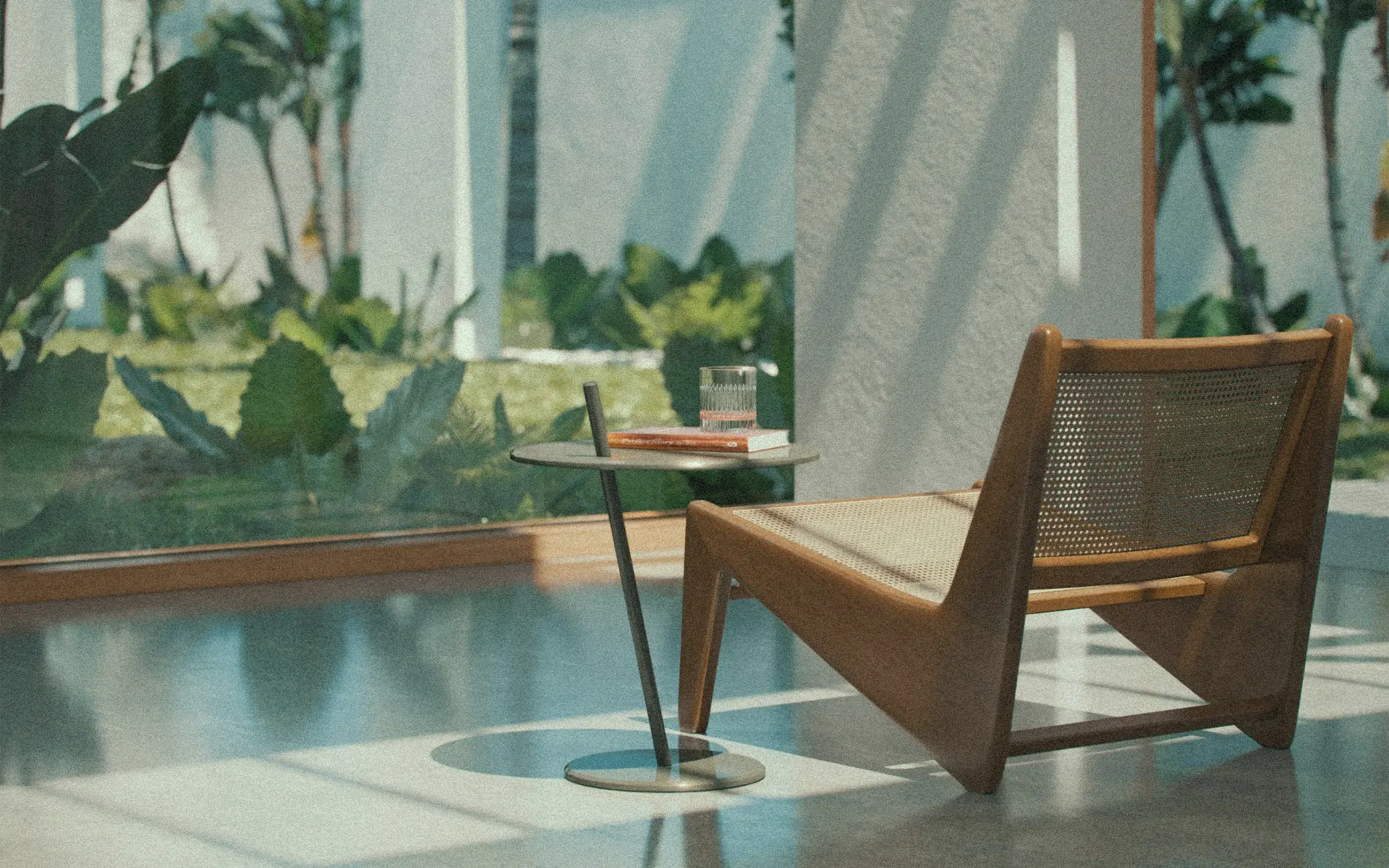
Final Thoughts: Navigating Bali's Furniture Scene
Whether you’re outfitting a mid-century cliffside escape in Uluwatu or a rustic retreat in Ubud, Bali’s furniture scene has something for everyone — from polished showrooms to chaotic village workshops. High-end spots are perfect if you want ready-to-go pieces and don’t mind paying a bit more for convenience. Village workshops, on the other hand, are where the real treasures live — raw, handcrafted, full of character, and a little unpredictable.
The trick? Enjoy the hunt. Chat with artisans, poke around side streets, and don’t be afraid to peek behind unmarked gates. Sometimes the perfect teak table or rattan chair is waiting in the last shop you expect. Take your time, trust your instincts, and let Bali’s craftsmanship surprise you — the journey is part of the fun.
Finding the perfect rug for your Bali space is part treasure hunt, part education, part gut instinct. Take your time, learn what you like, and remember — a great rug isn’t just floor covering. It’s the foundation that ties your entire space together.
And if you find yourself falling down the carpet rabbit hole (it happens to the best of us), just remember: you’re not collecting rugs, you’re curating culture. At least, that’s what we tell ourselves.

